Witness the Cosmic Fireworks: Your Guide to the 2025 Perseid Meteor Shower
 |
| The Radiant of the Perseid Meteor Shower (Image Credit: Future) |
Every summer, Earth passes through a cosmic debris field, treating us to one of the most spectacular celestial events: the Perseid meteor shower. For astrophotographers, amateur astronomers, and stargazers alike, the Perseids offer a chance to witness a breathtaking display of shooting stars. But how can you make the most of this astronomical event in 2025? Let's dive into the details to help you plan your Perseid adventure.
When to Catch the Show: Timing is Everything
The Perseid meteor shower is active from July 17 to August 24, but the peak is the time you don't want to miss. In 2025, the peak activity is expected on August 12-13, with the International Meteor Organization predicting maximum activity around 13:15 GMT on August 12. Under ideal dark-sky conditions, you might see 50 to 100 meteors per hour! However, there's a catch: the Full Moon on August 9th, 2025, will create a bright waning gibbous phase during the peak, potentially reducing observable activity by at least 75%, according to NASA.
Don't despair! Try observing between July 18 and July 28, when the skies are darker. If you're set on the peak, the predawn hours (03:00 to 04:00 local time) offer the best compromise, as the radiant point of Perseus reaches its highest position just before dawn.
Where to Stargaze: Location, Location, Location
Finding a dark location is crucial for maximizing your meteor count. International Dark Sky Parks, like Mali Lošinj in Croatia or Natural Bridges National Monument in Utah, offer minimal light pollution. High-altitude locations, such as Mauna Kea in Hawaii, offer exceptional clarity by rising above much of the Earth's atmosphere.
 |
| Stargazers of all ages are observing the Perseid Meteor Shower from a remote dark site. |
Can't escape the city? Seek out local parks with elevated positions or natural barriers to block unwanted light. Use light pollution maps to find relatively dark zones. Remember, even a suburban backyard can work with strategic positioning.
Photographing the Perseids: Capturing Cosmic Beauty
Astrophotography demands precision. Diana Robinson, a professional night sky photographer, suggests starting with manual mode, f/2.8 aperture, 20-second exposures, ISO 4000, and a white balance of 4000° Kelvin [16]. Adjust these settings based on the lunar brightness. A wide-angle lens (10-24mm) is ideal for capturing a broader field of view.
Given the bright moon, consider shorter exposure times (around 10 seconds) and higher ISO values. Point your camera away from the moon to minimize overexposure. Use post-processing software like Adobe Lightroom or PixInsight to remove gradients and enhance meteor trails.
What Are Perseid Meteors Anyway?
The Perseid meteor shower originates from the debris trail of Comet 109P/Swift-Tuttle, a large periodic comet with an orbital period of approximately 133 years [3, 18, 21]. As Earth passes through this debris, particles ranging from dust grains to small pebbles enter our atmosphere at a staggering 37 miles per second (59 kilometers per second), creating the bright streaks we see as meteors [3, 19].
 |
| Periodic Comet Swift-Tuttle Image Credit & Copyright: Gerald Rhemann |
Fun Fact: Swift-Tuttle's nucleus is 26 kilometers (16 miles) in diameter, nearly twice the size of the asteroid thought to have wiped out the dinosaurs!
A Call to Cosmic Adventure
Despite the lunar challenges in 2025, the Perseid meteor shower remains a captivating event. By planning strategically and utilizing the tips shared here, you can still witness and capture the magic of these cosmic fireworks. So, pack your gear, find a dark spot, and prepare to be amazed by the Perseids!
Share your Perseid photos with us on social media using #PerseidMeteors! Let's celebrate the beauty of the night sky together.
Sources and References
[1]https://www.planetary.org/articles/your-guide-meteor-shower
[2]https://www.livescience.com/space/meteoroids/the-perseids-are-coming-heres-how-to-watch-the-glorious-meteor-shower-before-the-moon-ruins-the-show
[3]https://science.nasa.gov/solar-system/meteors-meteorites/perseids/
[4]https://skyandtelescope.org/astronomy-news/moon-or-not-the-perseid-meteor-shower-is-on/
[5]https://starwalk.space/en/news/all-you-need-to-know-about-the-perseids
[6]https://www.rmg.co.uk/stories/space-astronomy/perseid-meteor-shower-guide-uk-when-where-to-see
[7]https://in-the-sky.org/news.php?id=20250812_10_100
[8]https://www.amsmeteors.org/meteor-showers/meteor-shower-calendar/
[9]https://insidervillas.com/the-8-best-places-to-witness-the-perseids-meteor-shower/
[10]https://www.sciencefocus.com/news/perseid-meteor-shower-2025
[11]https://news.westernu.ca/2024/08/view-the-best-of-perseid-meteor-shower/
[12]https://www.amsmeteors.org/meteor-showers/how-to-photograph-meteors-with-a-dslr/
[13]https://astrobackyard.com/perseid-meteor-shower/
[14]https://www.photographingspace.com/beginner-meteor-photography/
[15]https://skylum.com/blog/how-to-photograph-a-meteor-shower
[16]https://www.nikonusa.com/learn-and-explore/c/tips-and-techniques/photographing-meteors-fireballs-and-meteor-showers
[17]https://www.skyatnightmagazine.com/astrophotography/how-to-photograph-the-perseids
[18]https://en.wikipedia.org/wiki/Comet_Swift%E2%80%93Tuttle
[19]https://blog.gale.com/answer-elementary-students-burning-questions-about-the-perseid-meteor-shower/
[20]https://astronomynow.com/2025/08/08/its-time-again-for-perseid-meteors/
[21]https://science.nasa.gov/solar-system/comets/109p-swift-tuttle/
[22]https://theskylive.com/meteorshower-perseids
[23]https://www.miops.com/blogs/news/light-pollution-in-photography-how-to-capture-clear-night-skies
[24]https://www.space.com/stargazing/meteor-showers/will-the-bright-moon-ruin-the-perseid-meteor-shower-2025-or-is-it-still-worth-watching
[25]https://www.skyatnightmagazine.com/astrophotography/photograph-meteor-shower-during-full-moon
[26]https://www.nationalparksatnight.com/blog/tag/light+pollution
[27]https://www.amsmeteors.org/2025/08/viewing-the-perseids-in-2025/
[28]https://britastro.org/section_news_item/perseids-making-a-showing-as-moonlight-interferes
[29]https://www.photopills.com/articles/meteor-shower-photography-guide
[30]https://www.masterclass.com/articles/astrophotography-guide
[31]https://www.luminokrom.com/en/blog/combining-mobility-and-dark-sky-preserve-a-challenge-for-local-authorities/
[32]https://www.tensixphotography.com/eclipse-blog/2025-astrophotography-events
[33]https://www.farmersalmanac.com/perseid-meteor-shower
[34]https://www.grandcanyon.org/protect-grand-canyon/projects/dark-sky-preservation-and-programs

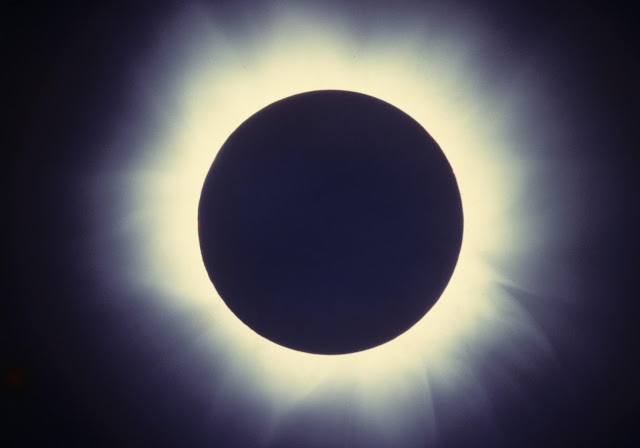
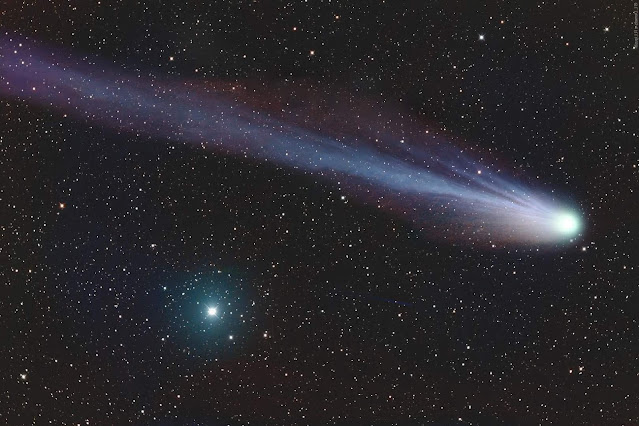

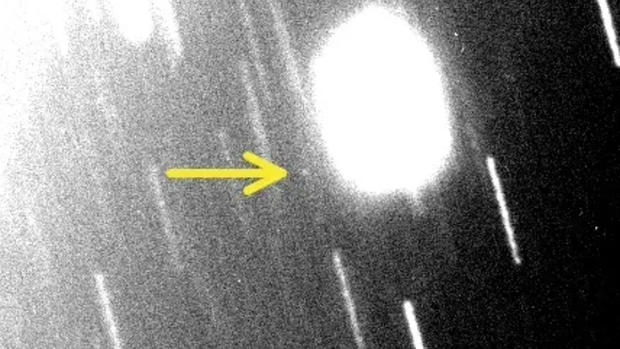


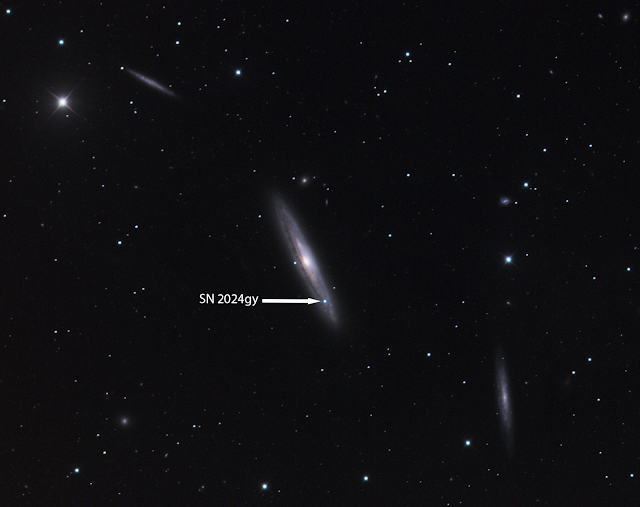
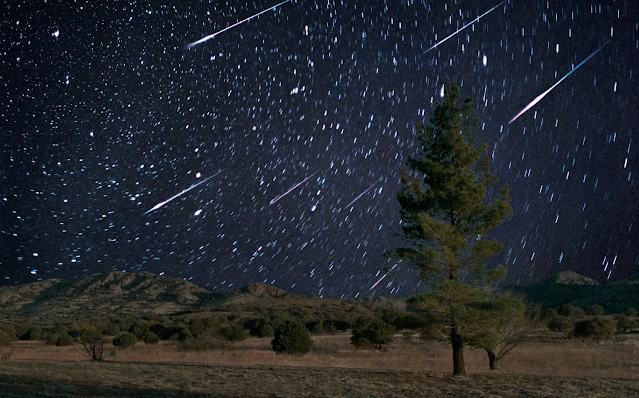
Comments
Post a Comment